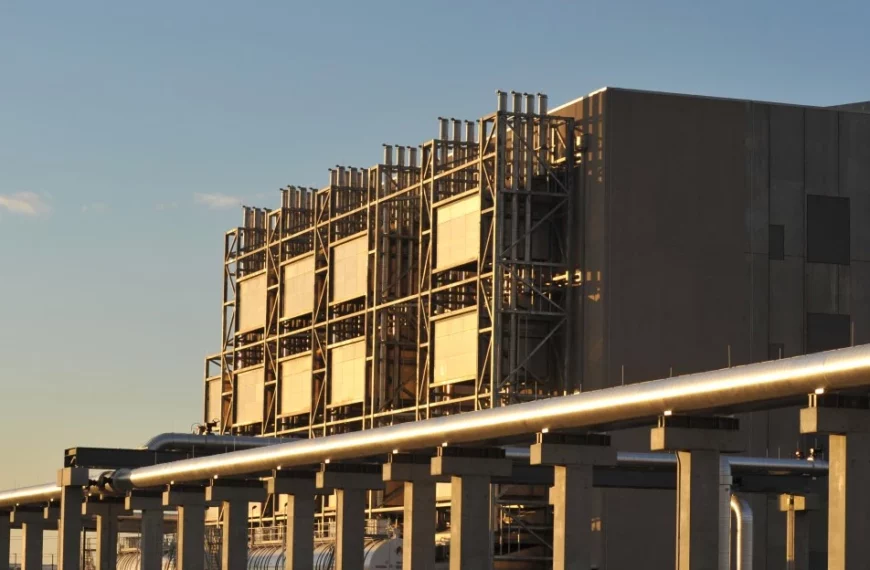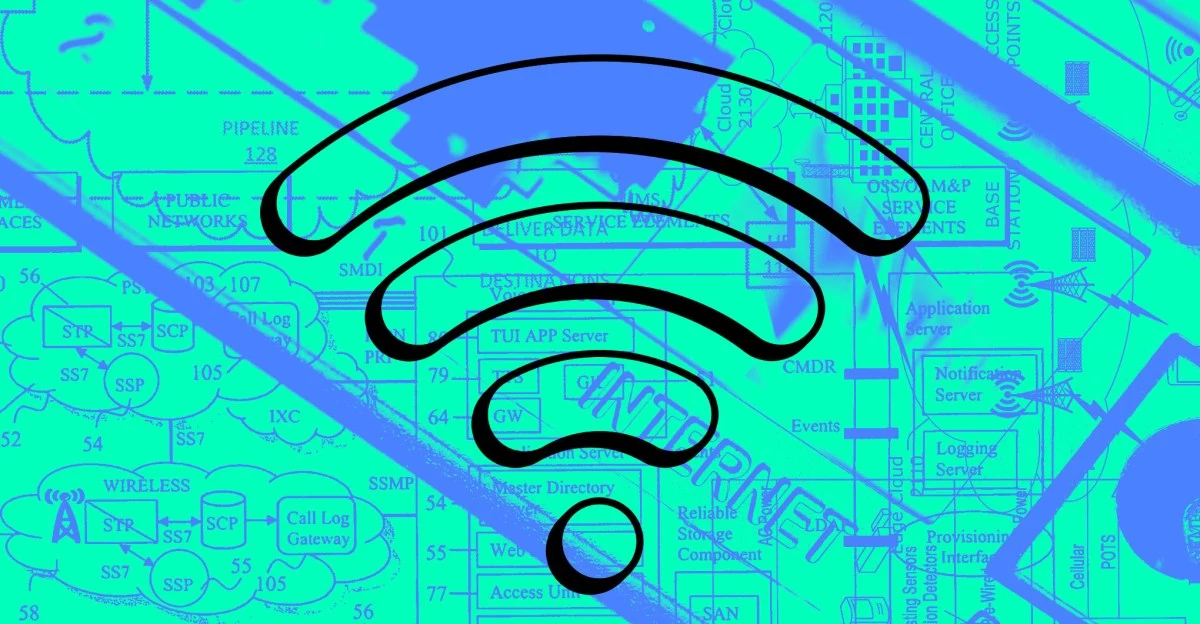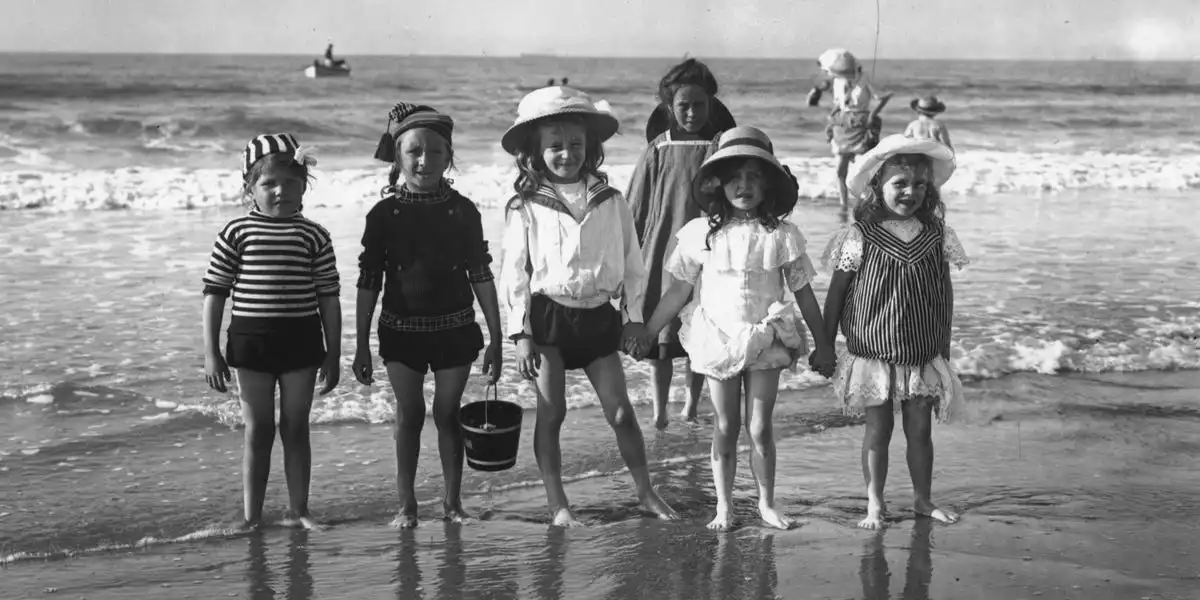An American’s Financial Perspective: Navigating Costs in Australia
A recent 30-day trip to Australia has shed light on the financial differences experienced by American visitors Down Under. The observations, based on travels across multiple locations, reveal intriguing contrasts in currency, dining costs, tipping culture, and taxation practices.
One of the first things visitors notice is Australia’s color-coded currency system. Unlike the uniform appearance of US dollars, Australian banknotes feature distinct hues for each denomination, simplifying transactions for tourists. The inclusion of $1 and $2 coins, each with unique colors and sizes, further streamlines the use of physical cash.
However, the ease of identifying currency does little to soften the blow of Australia’s notably high dining costs. Recent economic factors, including pandemic-related issues, climate disasters, and international conflicts, have contributed to escalating food prices. A recent survey indicates that a majority of Australians perceive a significant increase in grocery expenses.
Despite the higher food costs, visitors may find some financial relief in Australia’s tipping culture. Unlike the United States, where tipping is customary and often expected, Australia does not have a widespread tipping practice. While gratuities are not discouraged, they are not an anticipated additional expense for diners.
Travelers relying on personal vehicles should be prepared for higher gas prices compared to the United States. Australia’s fuel export practices contribute to elevated costs at the pump, potentially impacting the budgets of those planning extensive road trips.
One aspect of Australian pricing that may come as a pleasant surprise to American visitors is the inclusion of taxes in displayed prices. This transparency eliminates the need for mental calculations and prevents unexpected costs at the register, contrasting with the US system where taxes are often added at the point of sale.
While the higher costs in Australia may require careful budgeting, the country continues to offer a beautiful and memorable travel experience. Visitors are advised to plan their expenses accordingly and consider using credit cards to benefit from favorable exchange rates.
As travel between the United States and Australia continues to rebound, understanding these financial nuances can help visitors better prepare for their Australian adventure, ensuring a more enjoyable and less financially stressful experience.




 By
By
 By
By

 By
By

 By
By
 By
By









